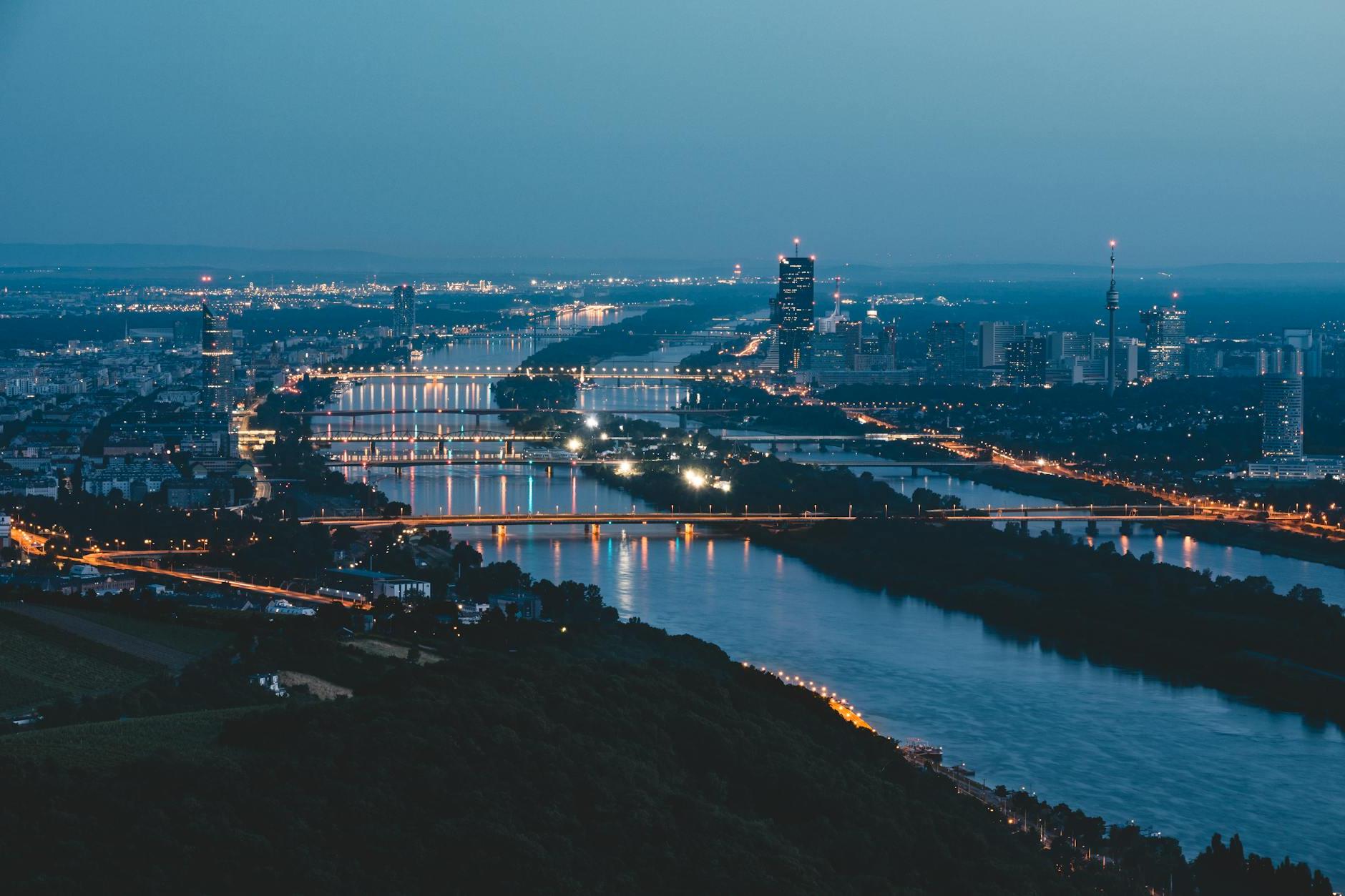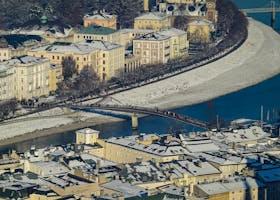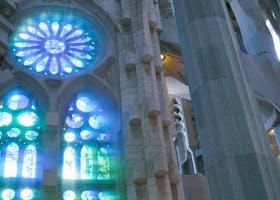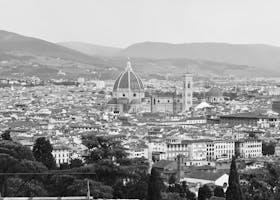10 Must-See Attractions to Explore in Vienna for a Magical City Experience
Posted on June 3, 2024 • 13 minutes • 2607 words
Table of contents
Welcome to the enchanting city of Vienna, the heart of Austria, where history and modernity blend seamlessly to create an unforgettable experience. Renowned for its cultural events, imperial sights, coffee houses, cozy wine taverns, and the very special Viennese charm, Vienna is a city that promises an adventure at every corner. While the majority of travelers find the spring and fall seasons, when the city is alive with color and the weather is just right, to be the best times to explore Vienna, it’s important to remember that this city offers a unique magic all year round. Whether it’s the festive cheer of the Christmas markets in winter, the blooming beauty of its parks in spring, the outdoor concerts and balmy evenings of summer, or the golden hues and harvest festivals of autumn, Vienna is a city that constantly invites exploration.
In this article, we’ll guide you through 10 must-see attractions that will ensure your journey through Vienna is as magical as the city itself. From the opulent Schönbrunn Palace to the serene Danube River, the historic allure of St. Stephen’s Cathedral to the artistic treasures within the Belvedere Museum, each of these destinations captures the essence of Vienna’s rich history, vibrant culture, and breathtaking beauty. Ready to explore? Let’s dive in to discover the top 10 places that will make your visit to Vienna truly unforgettable.
10 best things to see in Vienna
10. Kunsthistorisches Museum
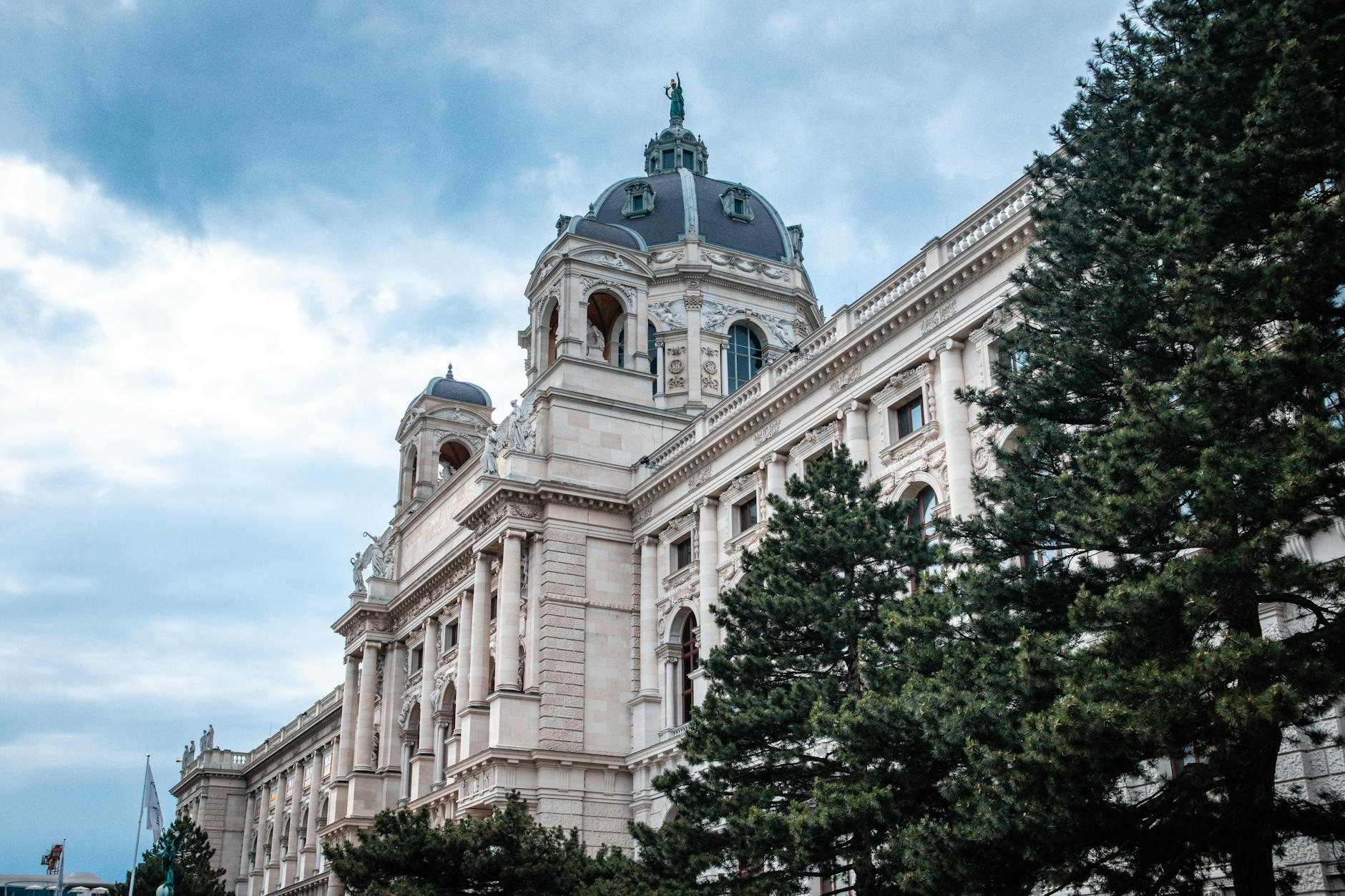
When you’re in Vienna, a visit to the Kunsthistorisches Museum is a must for anyone who loves art and history. This museum, housed in an architecturally stunning building, is home to an incredible collection of art that spans centuries, including works by renowned artists like Rembrandt, Vermeer, Raphael, and Velázquez. It’s also known for its significant collection of ancient Egyptian, Greek, and Roman artifacts, making it a treasure trove for history buffs. Getting there is easy; the museum is centrally located on Maria-Theresien-Platz and is accessible by metro, bus, and tram—simply take the U2 metro line to the Museumsquartier station, or the D tram line to the Burgring stop. Pay special attention to the intricate detail of the building itself, which is as much a work of art as the masterpieces it houses. Don’t forget to check out the breathtaking Egyptian and Near Eastern Collection, and make some time to enjoy a coffee in the museum’s elegant café to really soak in the atmosphere.
9. Belvedere Palace
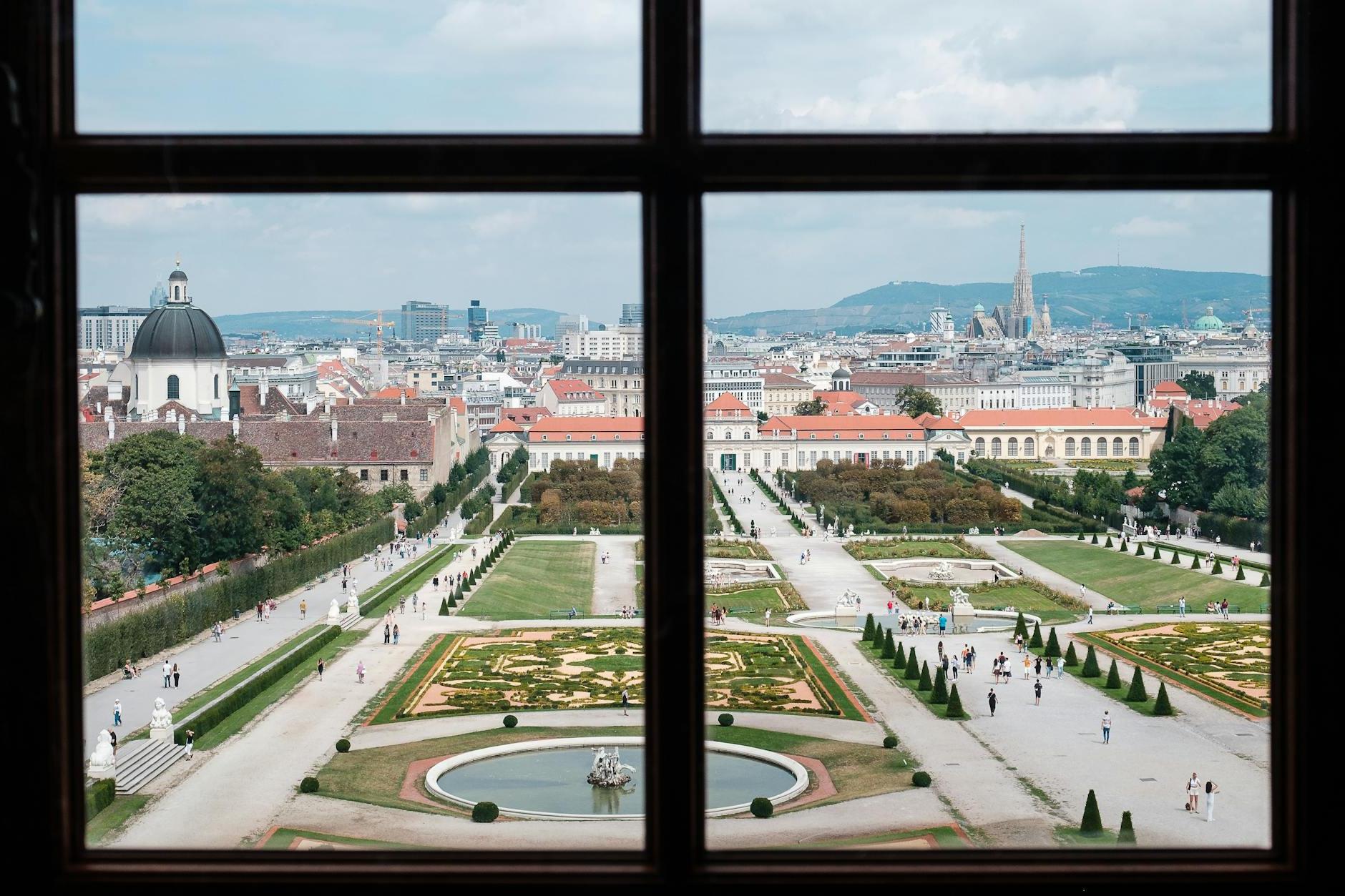
If you find yourself in Vienna, you simply cannot miss the opportunity to visit the stunning Belvedere Palace. A masterpiece of Baroque architecture, this historic building not only boasts breathtaking gardens but also houses an impressive collection of Austrian art. To get there, you have a few easy options. The palace is centrally located and accessible by public transport—just take the tram (D, 18, or O lines) or the S-Bahn (S1, S2, S3, S4, or S7 lines) to the Quartier Belvedere station. One of the major highlights to look out for is Gustav Klimt’s iconic painting “The Kiss,” which is housed in the Upper Belvedere. Walking through the lush gardens between the Upper and Lower Belvedere, you’ll not only have a moment to appreciate the beauty of nature but also find perfect spots for memorable photos. The blend of art, history, and nature makes the Belvedere Palace a must-visit destination in Vienna.
8. Hundertwasserhaus
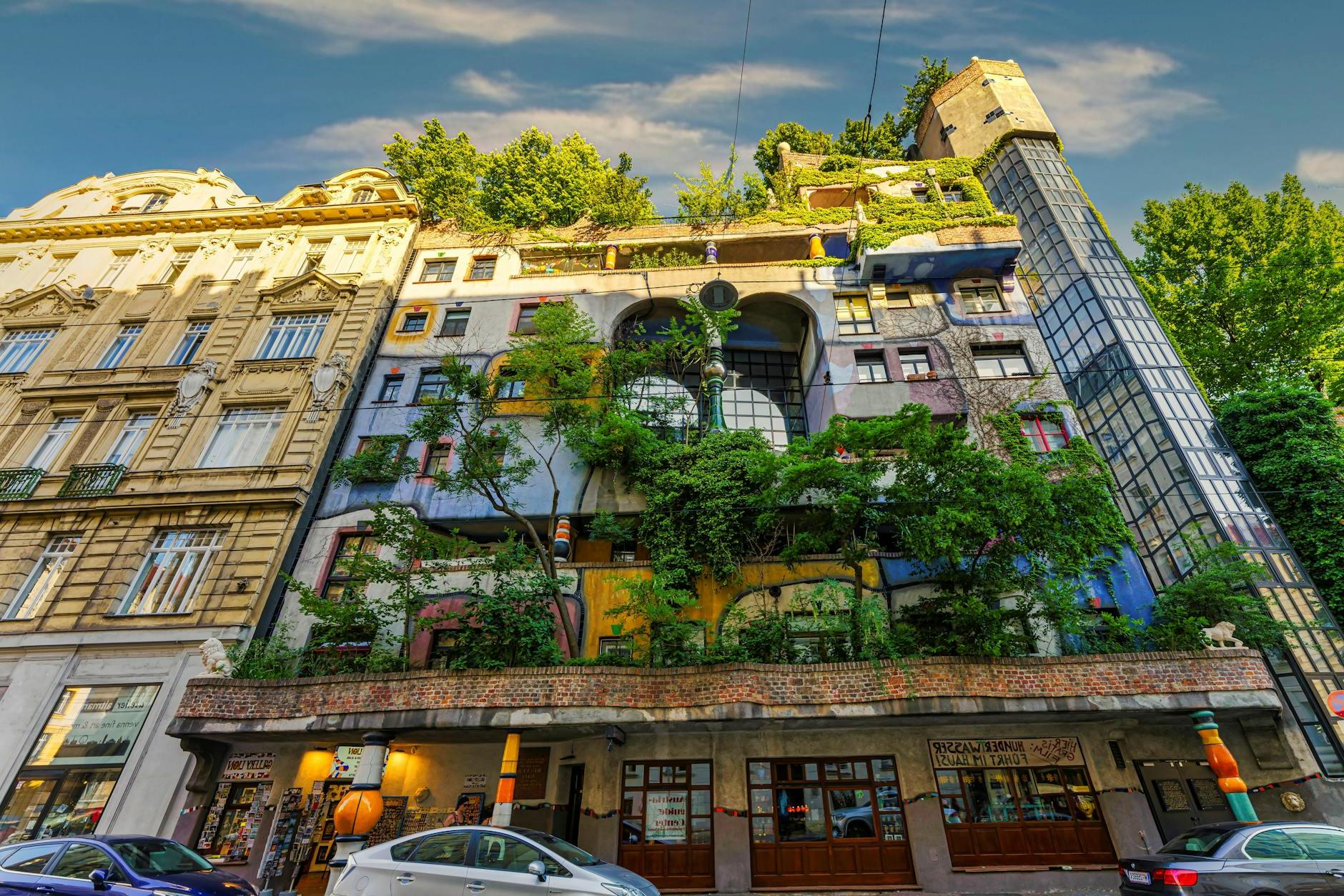
When you find yourself wandering through the enchanting streets of Vienna, make sure to carve out time for the Hundertwasserhaus. This isn’t just any building; it’s a vibrant splash of color in the city’s architectural tapestry, showcasing how nature and urban life can coexist beautifully. Created by the visionary artist Friedensreich Hundertwasser, this apartment complex rebels against the straight line, embracing irregular forms, lush greenery, and a kaleidoscope of colors. It’s a visual feast that encapsulates a philosophy of living harmoniously with nature.
Getting to Hundertwasserhaus is a breeze. Located in the 3rd district, it’s easily accessible by public transport. Your best bet would be to take the tram—line O will get you there directly, or you can opt for the U-Bahn, with the Wien Mitte-Landstraße station being a short walk away from this iconic building.
Once there, pay special attention to the uneven floors, known as “a melody for the feet,” and the rooftop gardens, which are a testament to Hundertwasser’s belief in the importance of green spaces in urban environments. Unfortunately, you can’t explore the interiors, as it’s a private residence, but the façade alone is enough to capture the essence of Hundertwasser’s vision. Nearby, you can also visit the Hundertwasser Village and the Kunst Haus Wien Museum, which dive deeper into the artist’s work and philosophy. Visiting Hundertwasserhaus provides not just a photo opportunity, but a chance to reflect on the relationship between art, architecture, and the environment.
7. Albertina Museum & Art Gallery
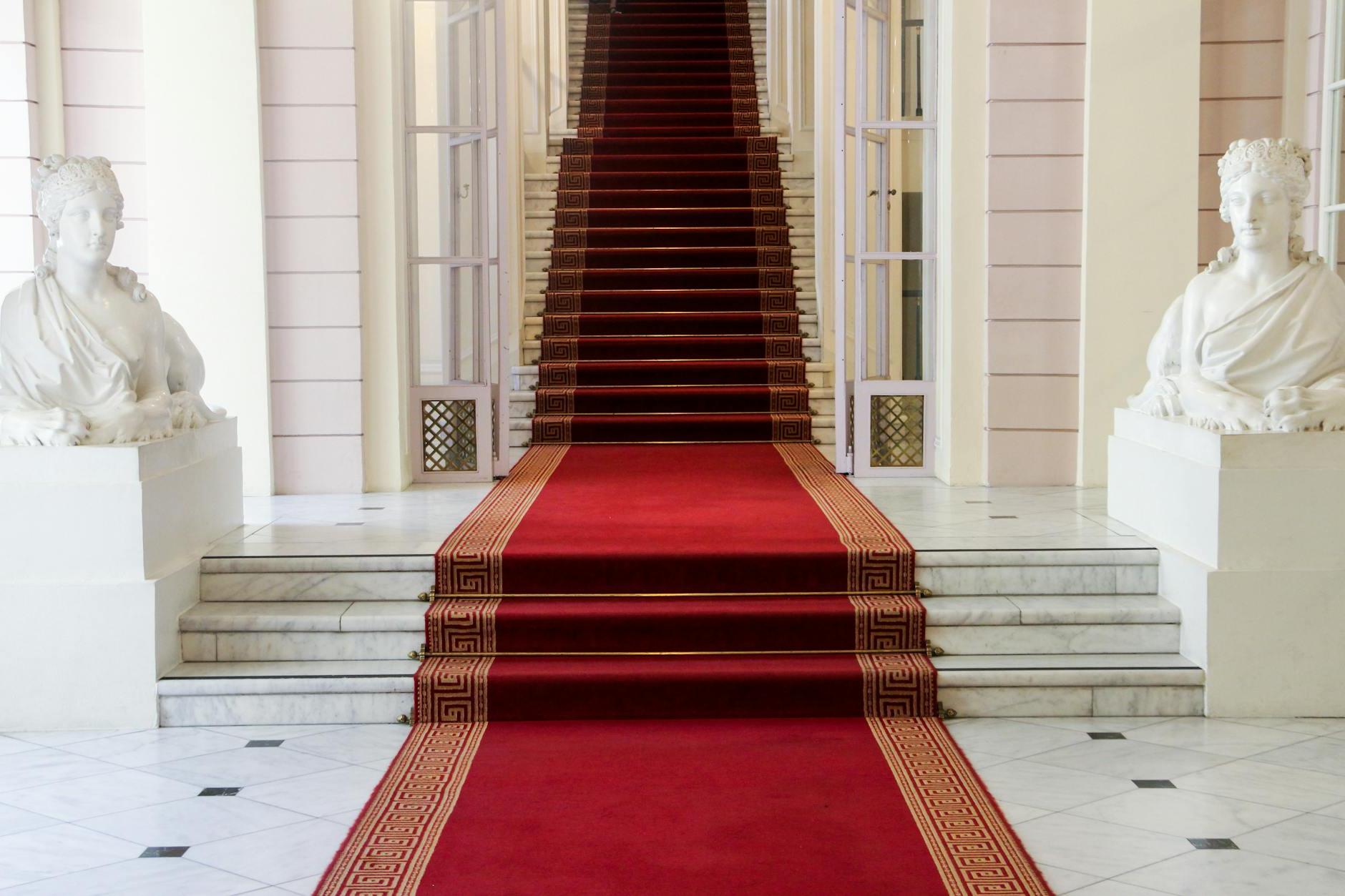
When you visit Vienna, make sure to explore the Albertina Museum & Art Gallery, a jewel of art and culture nestled in the city’s heart. This museum gives you not just a peek into imperial luxury but also offers an unparalleled collection of prints, drawings, and modern art pieces, showcasing works by artists like Monet, Picasso, and Degas. Getting there is a breeze; it’s located right at the famous Albertinaplatz, easily accessible by public transport. Take the U1, U2, or U4 metro lines to Karlsplatz station, a short walk away. Don’t miss the Batliner Collection within the museum, regarded as one of the most significant compilations of modernist art in Europe. The opulent state rooms of the Habsburgs add another layer of experience, letting you step back in time to imperial elegance. Visiting the Albertina is not just about viewing art; it’s about immersing yourself in history and beauty.
6. Vienna State Opera
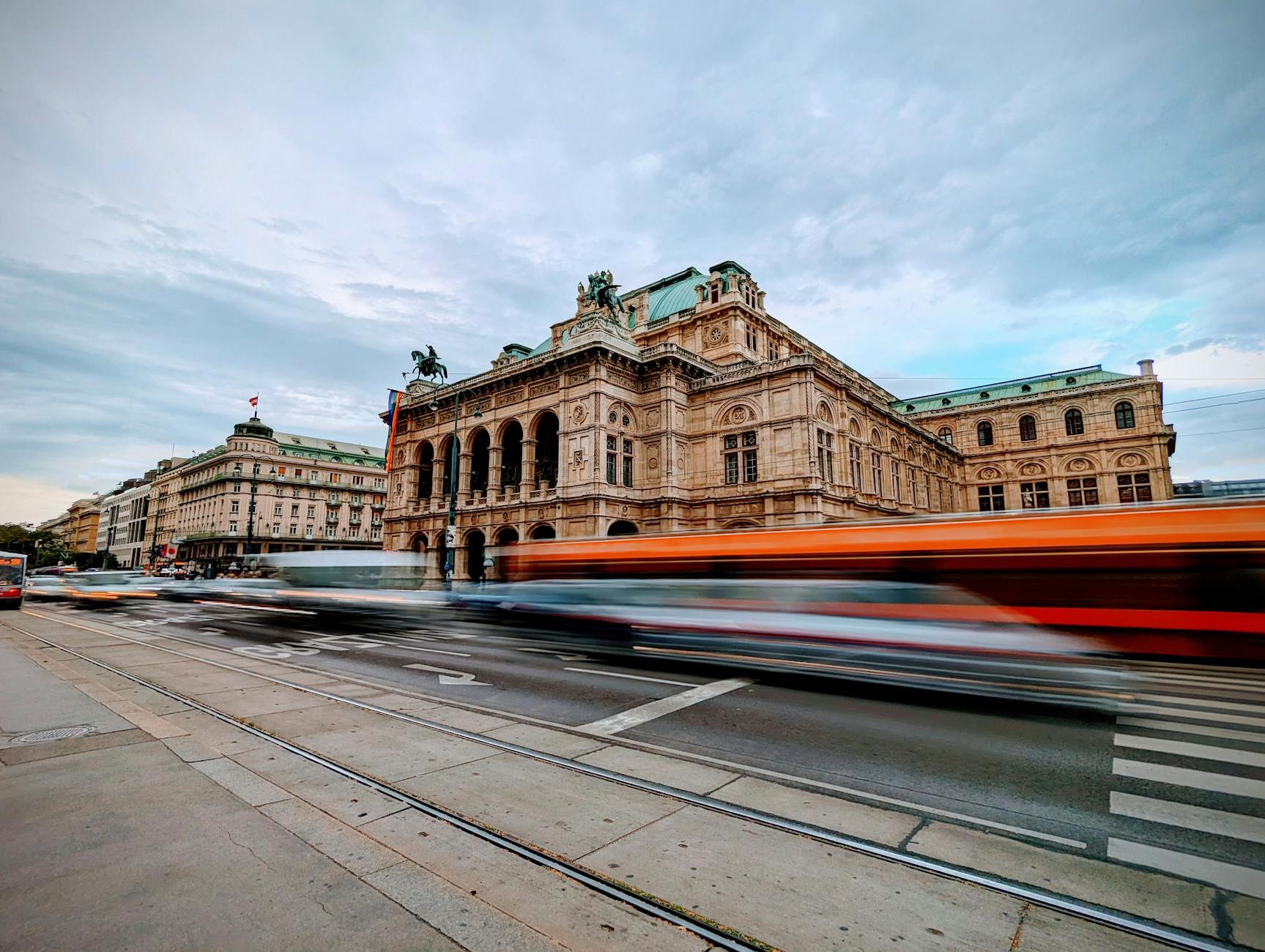
When you’re in Vienna, a visit to the Vienna State Opera is a must for any traveler. Renowned for its breathtaking performances and stunning architecture, it’s one of the city’s most iconic landmarks. Getting there is easy; it’s situated in the heart of Vienna, accessible by the U-Bahn (subway) – just hop on the U1, U2, or U4 line and get off at the Karlsplatz station. As you step inside, pay special attention to the opulent details of the interior, from the grand staircase to the exquisite frescoes. Whether you’re attending a captivating opera performance or taking a guided tour of the venue, the Vienna State Opera promises an unforgettable cultural experience. Make sure to check the schedule in advance and, if possible, book tickets online to secure your spot in one of the world’s most prestigious opera houses.
5. Prater Amusement Park
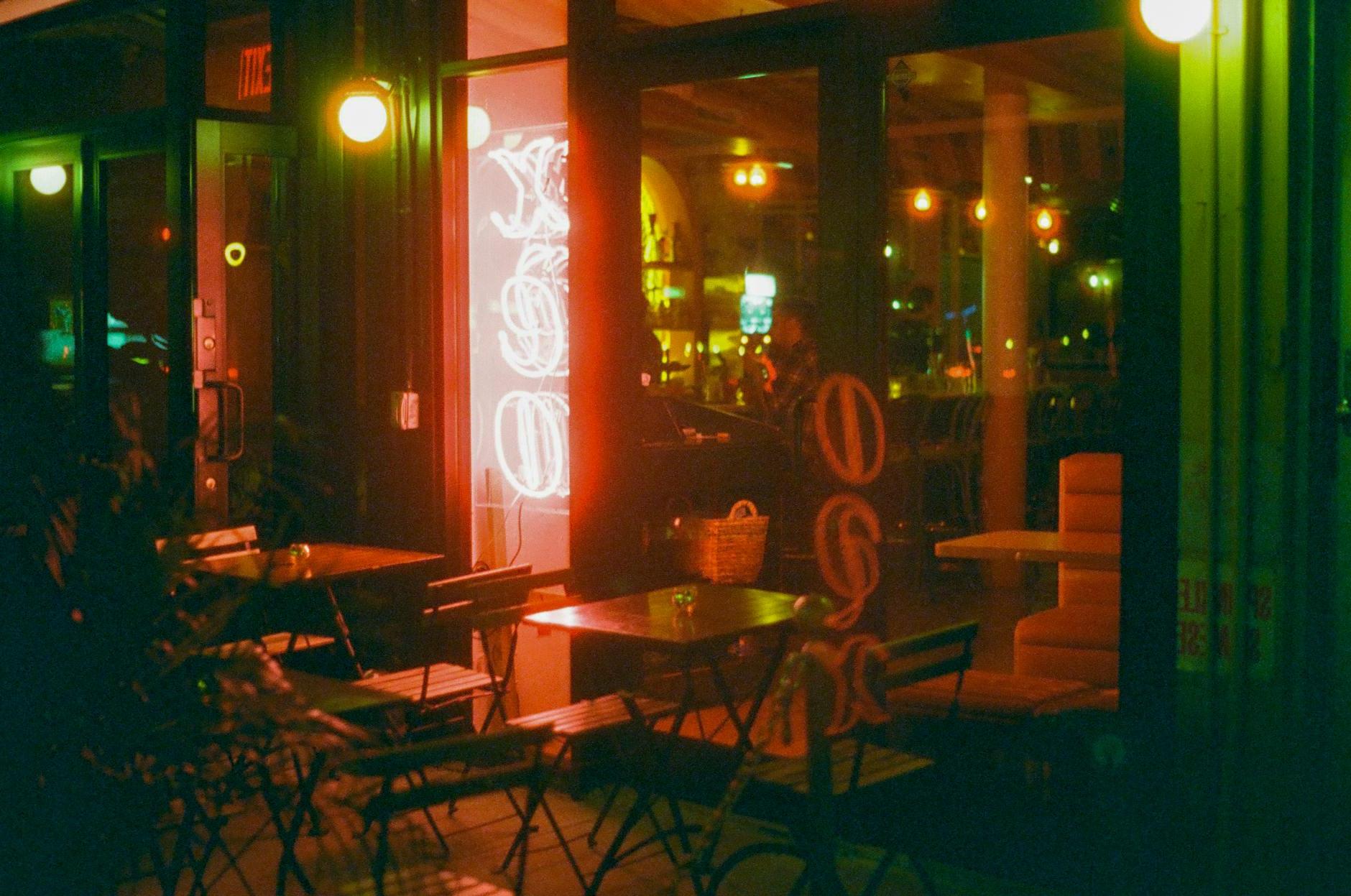
When you are in Vienna, visiting the Prater Amusement Park is a must-do for an unforgettable experience. This iconic park is not just any ordinary amusement park; it is a place where timeless charm meets modern-day thrills. From the world-famous Wiener Riesenrad, a giant Ferris wheel that offers breathtaking views of the city, to adrenaline-pumping rides and delightful attractions for all ages, Prater is a place of joy and amusement. Getting there is easy; you can take the metro U2 line to the “Praterstern” station, which is a short walk away from the entrance. While exploring the park, pay special attention to the historic rides like the old-fashioned carousel and the ghost train, which have been delighting visitors for decades. Also, don’t miss out on the traditional Austrian snacks available at various stalls throughout the park to complete your Prater adventure.
4. Hofburg Imperial Palace
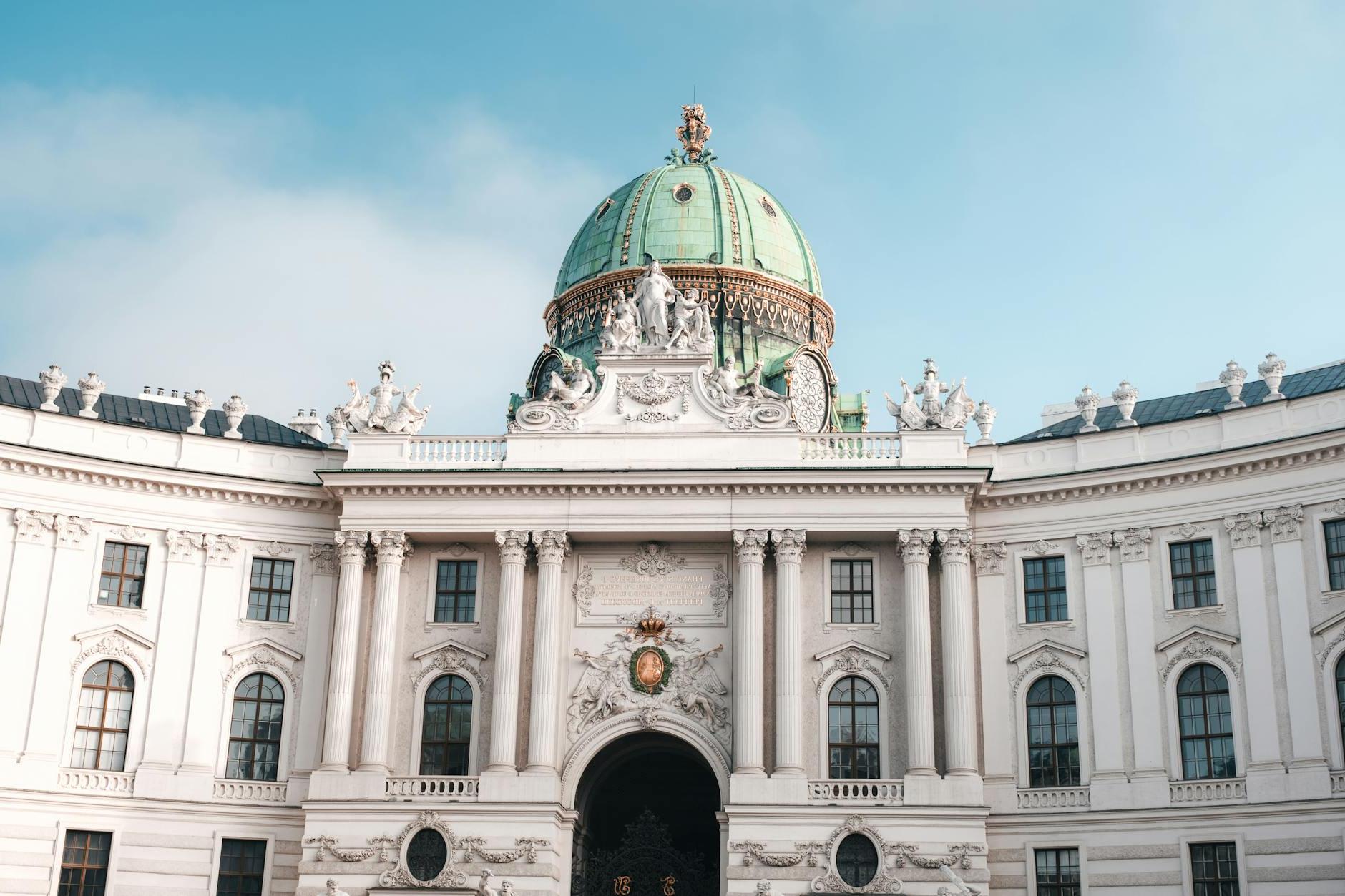
When you’re in Vienna, the Hofburg Imperial Palace is a must-visit for a dive into Austria’s imperial history. This sprawling palace, once the seat of the powerful Habsburg monarchy, stands as a testament to centuries of architectural evolution and royal splendor. To get here, simply take the U3 metro line to the Herrengasse station, and you’ll find yourself steps away from the palace’s grand entrance. Once inside, pay special attention to the Imperial Apartments, which offer a glimpse into the lavish lifestyle of the emperors and their families. Also, make a point to visit the Sisi Museum, dedicated to Empress Elisabeth, and marvel at the imperial silver collection. Each corner of the Hofburg Palace holds stories of power, art, and intrigue, making it an unforgettable stop on your Vienna itinerary.
3. St. Stephen’s Cathedral
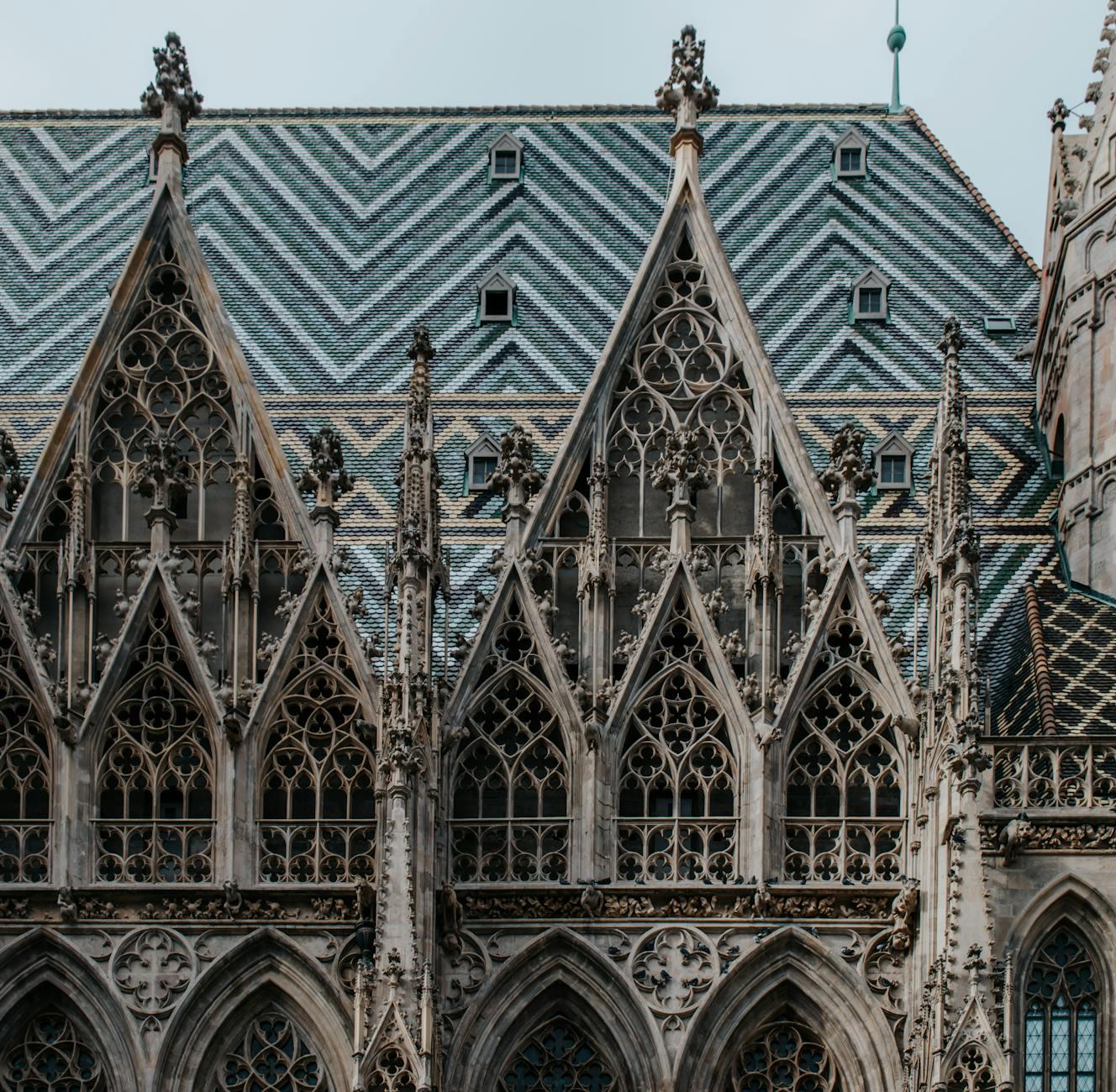
When you find yourself in Vienna, a visit to St. Stephen’s Cathedral is a must. Known locally as “Stephansdom,” this iconic symbol stands at the heart of the city, showcasing breathtaking Gothic architecture that has captivated visitors for centuries. Its multi-colored tile roof and towering spire offer a unique photograph opportunity and a vibrant piece of Viennese culture. To get there, you can easily take the U-Bahn (Vienna’s underground metro) and alight at Stephansplatz station, which brings you directly to the cathedral’s doorstep. Once there, be sure to pay attention to the intricate details both inside and out, especially the impressive South Tower, which you can climb for a stunning view of Vienna. Inside, the cathedral’s vast and solemn interior, filled with art and history, including the catacombs and the Pummerin bell, awaits your exploration. St. Stephen’s Cathedral isn’t just a church; it’s a historical monument that tells tales of Vienna’s rich past, making it an indispensable part of your visit.
2. Schönbrunn Palace
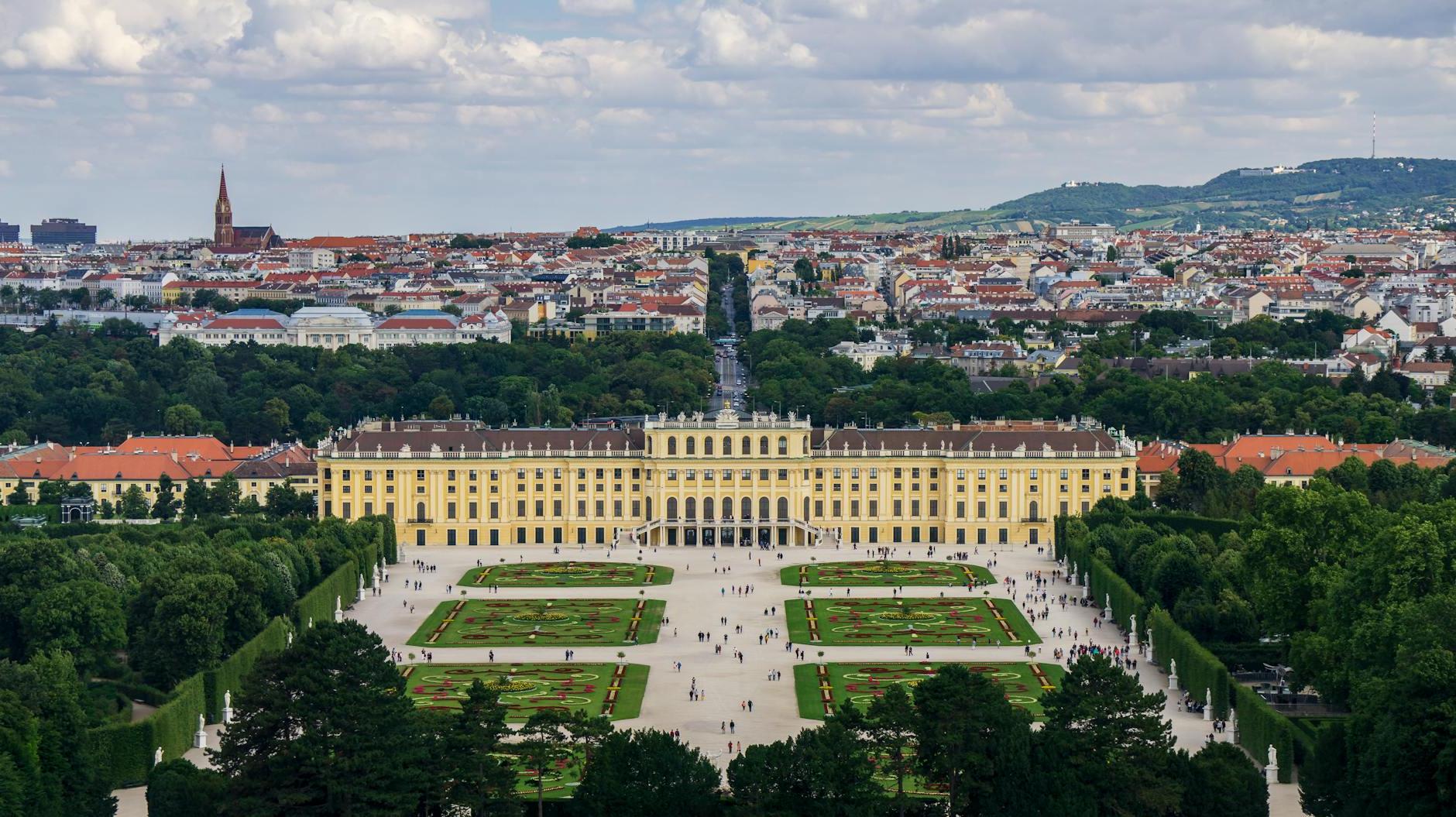
When you’re exploring Vienna, adding Schönbrunn Palace to your itinerary is a must-do. This majestic palace isn’t just a feast for the eyes; it’s steeped in history, being the former summer residence of the Habsburg emperors. The palace and its beautifully landscaped gardens are perfect for those interested in history, architecture, and picturesque sceneries. To get there, you can easily hop on the U4 metro line and get off at the Schönbrunn stop. Once there, make sure to pay attention to the stunning Rococo interiors and don’t miss the Mirror Room where Mozart performed at just six years old. The palace’s gardens are a masterpiece of their own, with the Gloriette, a grand arch on a hilltop, offering panoramic views of Vienna. Whether you’re strolling through the manicured gardens, exploring the lavish rooms, or enjoying a slice of Sacher torte in the café, Schönbrunn Palace promises an unforgettable glimpse into imperial Austria.
1. Schönbrunn Zoo

If you find yourself in Vienna, make sure to plan a visit to the Schönbrunn Zoo, the world’s oldest zoo that still welcomes visitors today. Nestled within the beautiful gardens of the Schönbrunn Palace, this zoo is not just a journey through the animal kingdom but also a trip into history. It’s easy to get there by public transport: simply hop on the U4 metro line and get off at the “Schönbrunn” station. Once there, keep an eye out for the giant pandas, a rare sight that makes this zoo extra special. Besides pandas, the zoo is home to more than 700 species, promising an unforgettable experience for animal lovers of all ages. The combination of imperial history and conservation efforts gives your visit a unique twist, blending education with entertainment.
Frequently Asked Questions
1. What is the best time of the year to visit Vienna?
The best time to visit Vienna is during the spring months of April to May and the autumn period from September to October. During these months, Vienna’s weather is especially pleasant, offering mild temperatures perfect for wandering its beautiful streets, exploring the gardens, and enjoying outdoor cafes. These seasons strike the perfect balance between the chilly winter and the hot summer, providing an ideal climate for sightseeing and attending various cultural events. If you’re looking for a more economical time to visit, consider the winter months from November to March. Although it’s colder, Vienna transforms into a winter wonderland, especially around Christmas with its famous markets, and you’ll find that accommodation and flights can be cheaper. Alternatively, visiting in the late summer, like August, may also offer savings, though it’s a bit warmer.
2. Should I rent a car in Vienna?
Deciding whether to rent a car in Vienna depends on your travel plans. Vienna’s roads are well-maintained and clearly marked, making driving in the city straightforward for those comfortable with urban driving. However, traffic can be heavy, especially during rush hour, and finding parking in the city center can be challenging and expensive. For those planning to explore the heart of Vienna, you might find the extensive public transport system – consisting of buses, trams, and the U-Bahn (subway) – convenient and cost-effective. Vienna’s public transport is reliable, covers the entire city, and is a great way to experience Vienna like a local. Taxis and ride-sharing services are also readily available for those looking for direct routes or traveling at odd hours. Unless you plan to visit places outside the city where public transport isn’t as accessible, you might enjoy Vienna more without the hassle of a car.
3. What are different ways to get to Vienna?
Getting to Vienna, the enchanting capital of Austria, is convenient through several modes of transport, ensuring your arrival is as smooth as possible. If you’re coming from afar, the Vienna International Airport, located just outside the city, serves as the main gateway for international travelers. Upon landing, you can easily jump onto the City Airport Train (CAT), local S-Bahn trains, or buses to reach the city center in no time. For those exploring Europe, traveling to Vienna by train is a scenic and efficient option; the city is well-connected through a comprehensive network of international and domestic trains arriving at the Hauptbahnhof (main station). Buses are another affordable alternative, with numerous international and local routes stopping at the Vienna International Bus Terminal (VIB). If you’re already in Austria or neighboring countries, driving to Vienna offers flexibility and the chance to enjoy the scenic landscapes. Major Austrian cities like Graz, Linz, and Salzburg have direct highways leading to Vienna, making it a convenient road trip with well-marked signs guiding you to the city. Regardless of your choice of transport, Vienna’s accessibility ensures a hassle-free start to your Austrian adventure.
4. Are there things to do with children in Vienna?
Absolutely! Vienna is a fantastic city for children, offering a wide array of fun and educational activities that are sure to keep the little ones entertained. You can explore the wonders of the natural world at the Haus des Meeres, an aquarium housed in a World War II flak tower, where kids can watch sharks, turtles, and other marine life. The Schönbrunn Palace not only offers a glimpse into imperial history but also has a magnificent Children’s Museum where kids can dress up as princes and princesses. The palace’s gardens hide a wonderful zoo, the oldest in the world, home to pandas, tigers, and elephants. For a bit of adventure, Prater Amusement Park features rides suitable for all ages, from thrilling roller coasters to leisurely ferris wheel rides that offer a stunning view of the city. Vienna combines educational opportunities with fun, making it a perfect destination for families traveling with children.
5. Is Vienna safe to travel to?
Yes, Vienna is largely safe to travel to. This charming city is known for its high level of safety and security for tourists, making it a popular destination for travelers from around the world. However, like any major city, although rare, petty crimes such as pickpocketing or scams can occur, especially in crowded tourist areas. To ensure a worry-free visit, it’s wise to follow basic precautions. Keep your valuables out of sight, be mindful of your surroundings, and stay aware of common scams targeting tourists. By taking these simple steps, you can enjoy all the beautiful sights and experiences Vienna has to offer with peace of mind.

